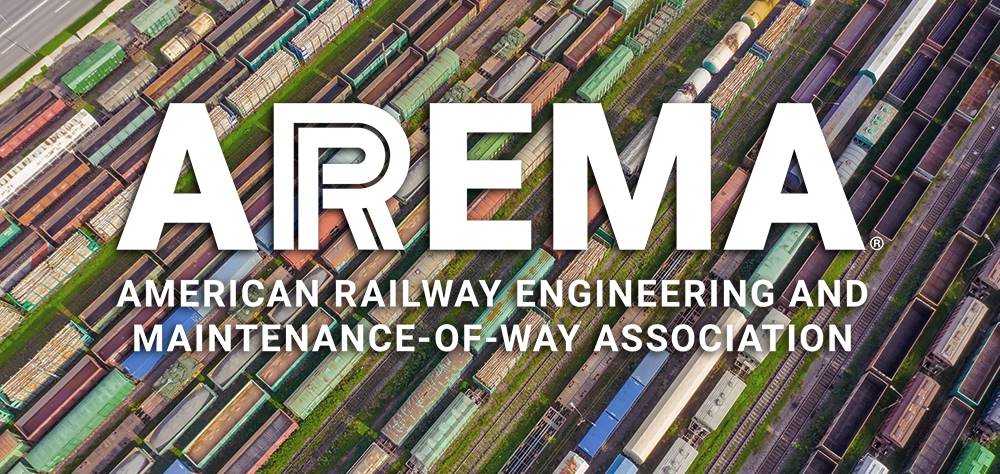![]()

The mission of the American Railway Engineering and Maintenance-of-Way Association (AREMA) is to facilitate the development, advancement and curation of “technical and practical knowledge and recommended practices pertaining to the design, construction and maintenance of railway infrastructure,” according to the organization’s website.
Hanson is committed to furthering this mission, with 38 of our employee-owners as members and 14 serving on technical committees. Four, including myself, are in leadership roles. I am the chair of Subcommittee 3: University Course Curriculum of Committee 24: Education and Training, and in my 18 years of involvement with AREMA, I chaired Committee 24 and was a member of the Functional Group Board of Directors. Our other AREMA leaders are:
- Terry Bodine, P.E., chair of Committee 1: Roadway and Ballast
- Shawn Goetz, P.E., S.E., secretary of Committee 8: Concrete Structures and Foundations
- Charley Chambers, P.E., Scholarship Committee chair, honorary member, former chair of Committee 24, former member of the Functional Group Board of Directors
Being active on technical committees is how Hanson contributes experience to the rail industry, and these leaders agree on the importance of our firm being active in AREMA. “Many engineers within the industry have taken geotechnical courses using the ‘Foundation Engineering’ book co-authored by Walter Hanson, our company founder,” Terry said. “Hanson is one of the most experienced companies to offer services needed by railroads.”
Hanson’s involvement in AREMA benefits our clients. “I’ve learned things at the AREMA conference or at committee meetings that I’ve been able to directly apply on projects,” Shawn said. Charley noted that our clients notice we are active in AREMA, and Terry said, “The knowledge gained through relationships, services offered in our company, railroad experience and Manual for Railway Engineering development make us one of the premier consultants in the industry.”
As a member of AREMA and its predecessor, the American Railway Engineering Association, for over 50 years, Charley has met “some amazing railroaders, made lifetime friends and learned a lot about the technical side of railroading.”
“You really get to know people when you work with them, especially when you are all doing it voluntarily,” Shawn added.
I’ve made good friends in the industry through AREMA, and when we have the opportunity to work together on a project, there is familiarity and trust from the start. Through Hanson’s AREMA leadership, we share our expertise with the railroad industry and develop solid relationships with our clients.
Michael Pochop, P.E., is a vice president, senior project manager and the railway operations lead at Hanson. He can be reached at mpochop@hanson-inc.com.